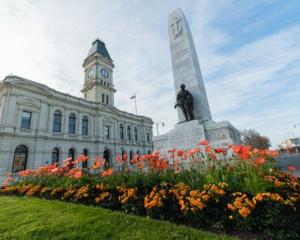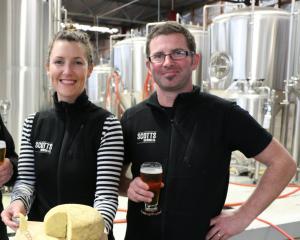How did the penguin cross the road? Underneath it, of course.
Preliminary work began this month on a planned penguin underpass - believed to be the first in New Zealand - near the Oamaru Blue Penguin Colony at Oamaru Harbour.
Colony marine biologist Dr Philippa Agnew said while wildlife underpasses for larger animals were common in other countries, she only knew of one penguin underpass, which was built in Australia.
"It's certainly not a new concept, but it certainly is in terms of penguin welfare,'' she said.
The planned 25m tunnel under Waterfront Rd would have a 45cm interior diameter. It needed to be "significantly bigger than [the bird's] body size''.
Blue penguins were about 30cm tall, but with their stooped posture they stood at slightly less than that, she said.
"Being a burrowing species, there would be a danger of them using it as a nest if we made it too small ... . If we made it only 'just taller' than the penguin itself, they would use it as a burrow, basically.''
In a report tabled at the Waitaki District Council's asset committee meeting yesterday, council roading manager Michael Voss noted progress had been "slower than forecast'' on the project after the council contractor South Roads had "uncovered numerous buried services'' at the proposed crossing.
However, he noted the contractor was donating its time to the project and the work could not be expected to be a priority for the company.
Mr Voss said he believed the work would, nevertheless, be completed by December.
Roading crews had been digging holes by hand to discover where the services were underneath.
Once all the water, sewer and fibre-optic services had been located on the road, crews would excavate across the road to put in a culvert the birds would use.
He could not estimate the cost of the project, as much of it was covered by donations.
The council was contributing staff time and Tourism Waitaki, which managed the colony, was contributing funding.
Dr Agnew said when she started work at the colony in 2006 about six penguins a year were dying on Oamaru roads.
In recent times, the number of deaths had decreased to one or two birds a year. Traffic management had improved the birds' mortality rates on the road, and public awareness "could be contributing to the lower numbers in more recent times'', she said.
Fencing along the harbourside stretch of the road, to corral the birds into the underpass, would be "critical'' for the birds as they learned to use it.
The road had been monitored to ensure penguins could cross safely, and next year the underpass would require monitoring "definitely for the first breeding season''.












